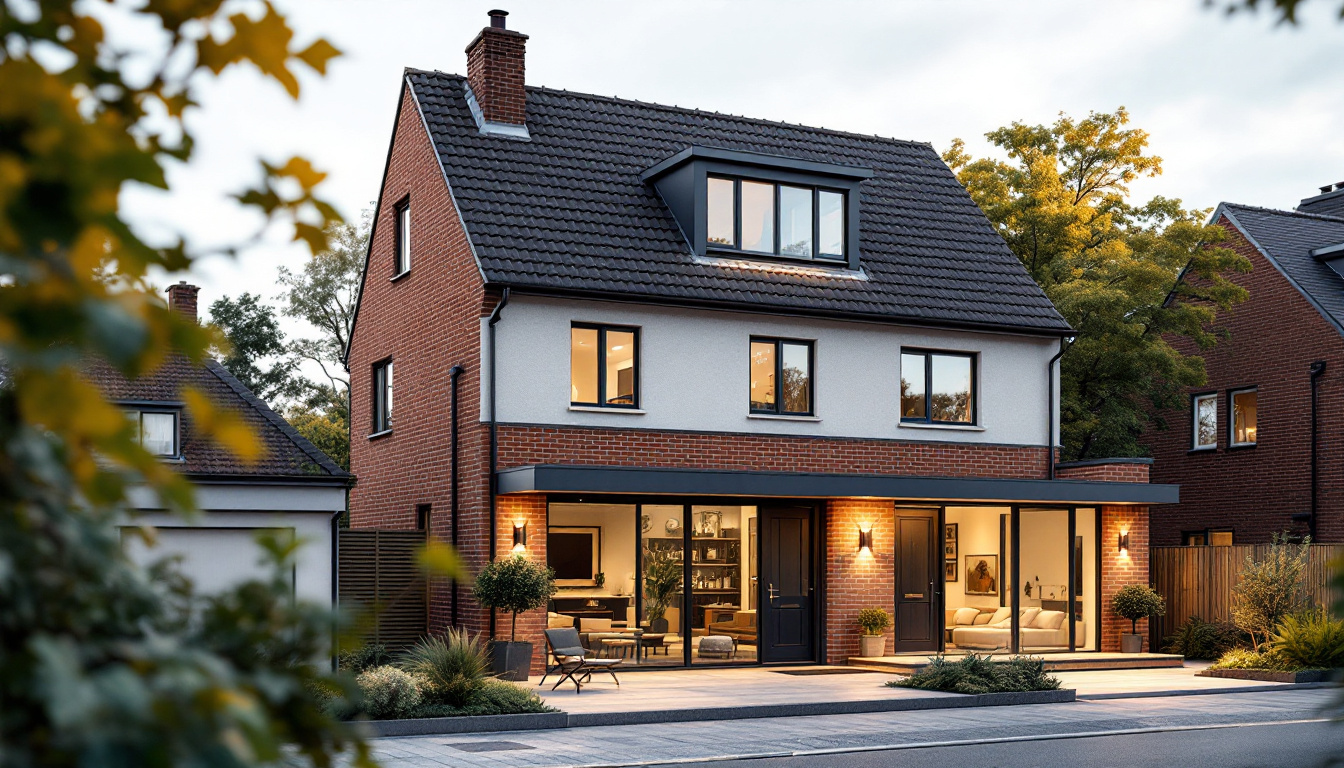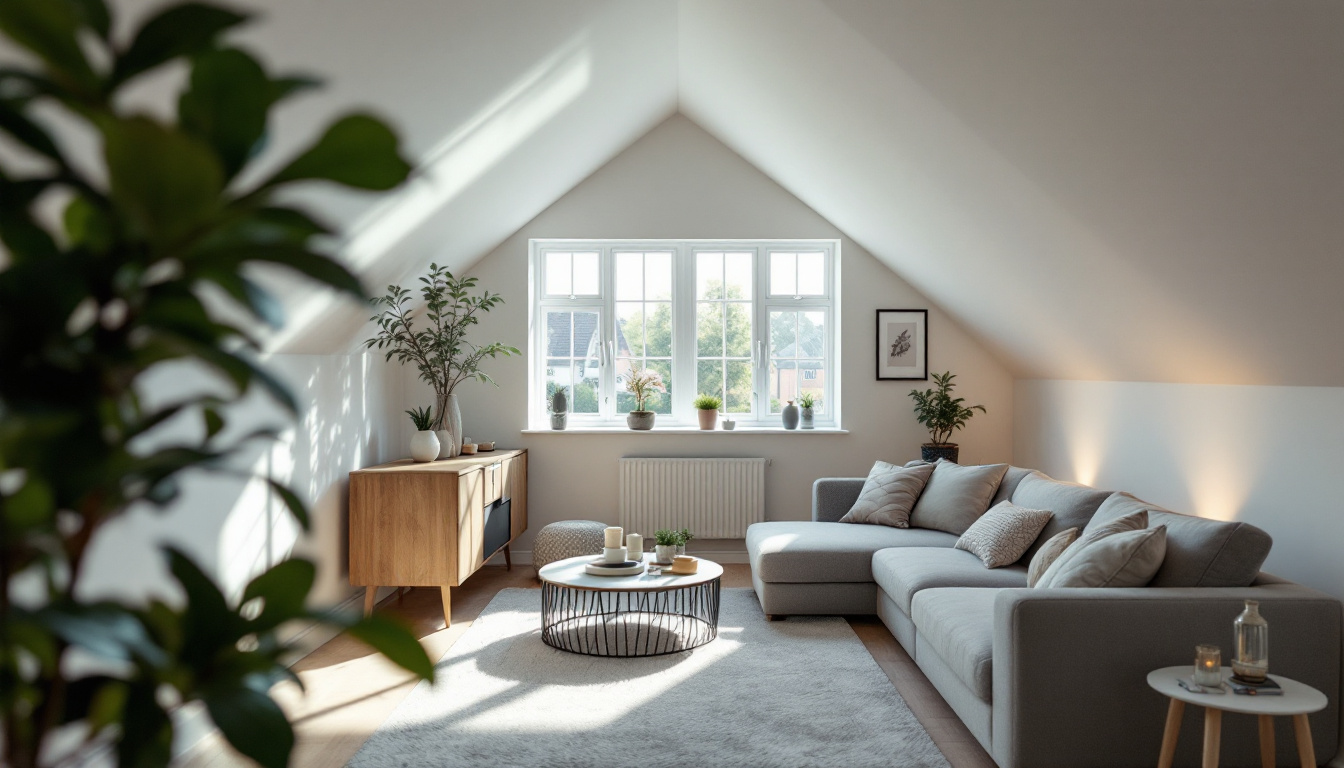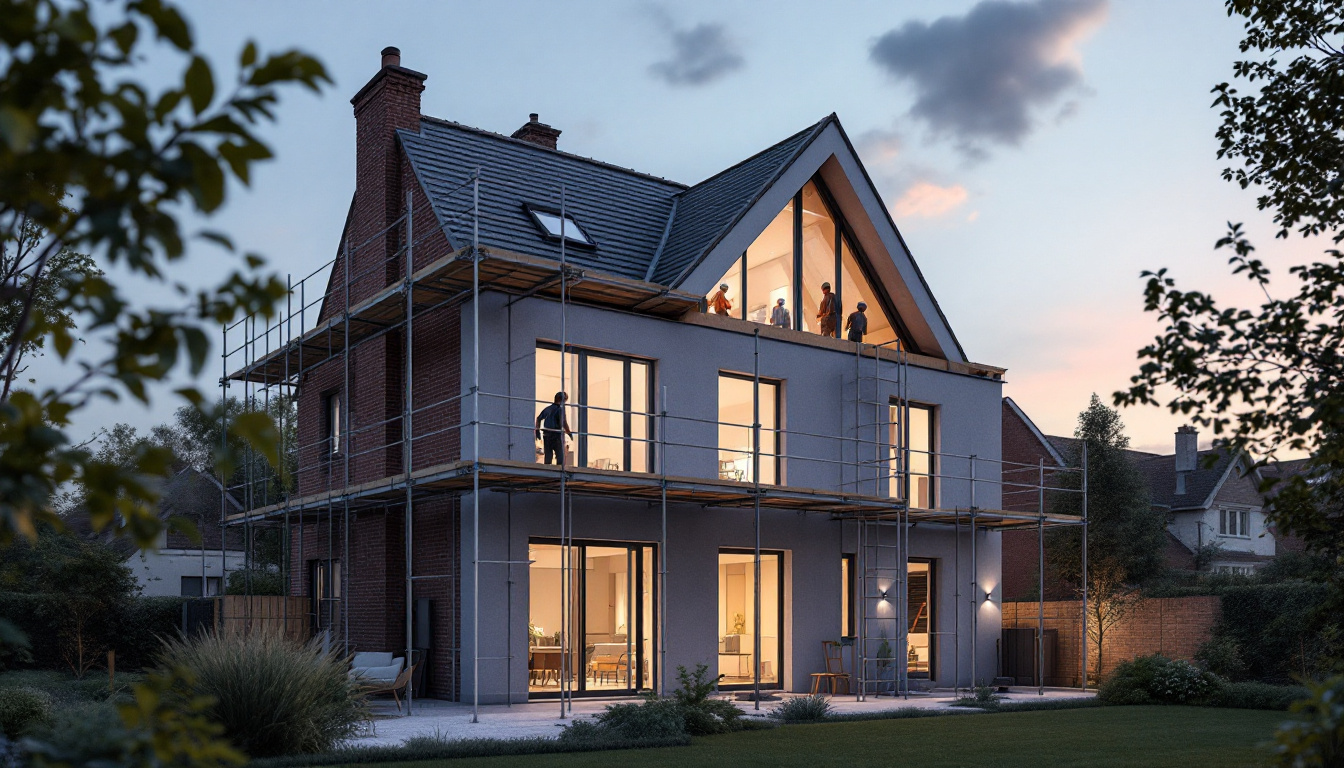How Much Does a Loft Conversion Cost for a Semi-Detached House?
Loft conversions are an increasingly popular way for homeowners to add valuable living space without the hassle of moving. For owners of semi-detached houses, converting the loft can be a smart investment, offering both extra room and a potential boost to property value. But how much does a loft conversion actually cost, especially for a semi-detached home? This guide breaks down the key factors, typical price ranges, and what you can expect from different types of conversions.
Understanding the Average Cost of Loft Conversions
When budgeting for a loft conversion, it’s important to have a realistic idea of the average costs involved. According to the HomeOwners Alliance, the average cost of a loft conversion in the UK is around £50,000. This figure aligns closely with the average cost specifically for semi-detached houses, which also sits at approximately £50,000.
However, costs can vary significantly depending on the type of conversion, the size and shape of your loft, and your location. For example, in London, prices tend to be higher, with average costs ranging from £45,000 up to £90,000 for dormer loft conversions, according to London Lofts Ltd. This variation is influenced by factors such as local labour rates, planning permissions, and the complexity of the project.
What Influences Loft Conversion Costs?
Several factors impact the final price of a loft conversion:
- Type of Conversion: Different styles, such as dormer, mansard, or hip-to-gable, come with varying levels of complexity and cost.
- Size and Layout: Larger lofts or those requiring structural changes will naturally cost more.
- Location: Urban areas like London typically have higher costs due to demand and labour expenses.
- Insulation and Finishing: Investing in quality insulation and finishes may increase upfront costs but offer long-term savings and comfort.
Additionally, the choice of materials plays a significant role in determining the overall cost. For instance, opting for high-end materials like hardwood flooring or bespoke cabinetry can dramatically increase your budget. Conversely, selecting more affordable alternatives may help keep costs down, but it’s essential to strike a balance between quality and budget to ensure the longevity and aesthetic appeal of your new space. Furthermore, the integration of energy-efficient solutions, such as solar panels or advanced heating systems, may require a larger initial investment but can lead to substantial savings on energy bills in the long run.
Another critical aspect to consider is the potential for planning permission and building regulations, which can add both time and expense to your project. Depending on your local council's requirements, you may need to submit detailed plans and undergo inspections, which could delay the process and increase costs. Engaging with an architect or a specialist in loft conversions can help navigate these complexities, ensuring that your project complies with all necessary regulations while maximizing the use of your loft space.
Popular Types of Loft Conversions for Semi-Detached Houses
Choosing the right type of loft conversion is crucial for maximizing space and value. Here are some common options for semi-detached homes:

Dormer Loft Conversion
Dormer conversions are among the most popular choices. They involve extending the existing roof to create additional headroom and floor space. This style is particularly suited to semi-detached houses because it can add a substantial amount of usable space without altering the overall footprint of the property.
In London, dormer conversions typically range from £45,000 to £90,000, reflecting the variation in size and complexity. Outside London, costs tend to be closer to the national average of around £50,000.
Mansard Loft Conversion
Mansard conversions are a premium option that involves altering the entire roof structure to create nearly vertical walls and a flat roof. This type of conversion offers the maximum amount of space and can transform an attic into a full-width extension with multiple usable rooms.
While more expensive, with costs starting from around £55,000, mansard conversions significantly increase both living space and property value. They are suitable for most house types, including semi-detached homes, and are often seen as a worthwhile investment for those looking to maximize their home's potential.
Hip-to-Gable Loft Conversion
This style involves extending the sloping side of a roof to create a vertical wall, effectively turning a hipped roof into a gable. It’s particularly useful for semi-detached houses with hipped roofs and can add considerable space without the complexity of a mansard conversion.
Costs for hip-to-gable conversions generally fall between dormer and mansard prices but can vary widely based on the specifics of the property and the project.
Long-Term Benefits: Why Loft Conversions Are Worth the Investment
Beyond the immediate benefit of extra space, loft conversions can significantly increase the value of your property. Studies show that a well-executed loft conversion can raise a home's market value by up to 20%. This makes it a smart financial decision, especially in competitive housing markets.

Additionally, investing in quality insulation during the conversion process is crucial. While it may increase upfront costs, proper insulation improves energy efficiency, reduces heating bills, and enhances comfort. As WhatCost.co.uk highlights, insulation is a key consideration, especially for a 3-bedroom semi-detached loft conversion, where long-term benefits outweigh the initial expense.
Planning and Permissions
Most loft conversions fall under permitted development rights, meaning you may not need full planning permission. However, it’s essential to check with your local authority, especially if your property is in a conservation area or a listed building. Consulting with professionals early on can help avoid costly delays or redesigns.
Tips for Managing Loft Conversion Costs
To keep your loft conversion project on budget without compromising quality, consider the following tips:
- Get Multiple Quotes: Always obtain several detailed quotes from reputable builders to compare prices and services.
- Plan Thoroughly: Clear planning reduces unexpected expenses. Decide on the type of conversion and finishes before work begins.
- Consider Future Needs: Think about how you’ll use the space long-term to avoid costly changes later.
- Invest in Insulation: As noted, good insulation pays off over time through energy savings and comfort.
- Check for Grants or Incentives: Occasionally, there may be local schemes to support home improvements that improve energy efficiency.
Conclusion
For owners of semi-detached houses, loft conversions offer an excellent way to add space, improve comfort, and increase property value. While the average cost hovers around £50,000, prices can vary widely based on location, conversion type, and project complexity.
Choosing the right conversion style—whether dormer, mansard, or hip-to-gable—depends on your budget, space requirements, and long-term goals. Remember that investing in quality insulation and finishes not only enhances your living environment but also contributes to energy savings and property value.
By carefully planning and working with trusted professionals, a loft conversion can be a rewarding home improvement that pays dividends for years to come.


